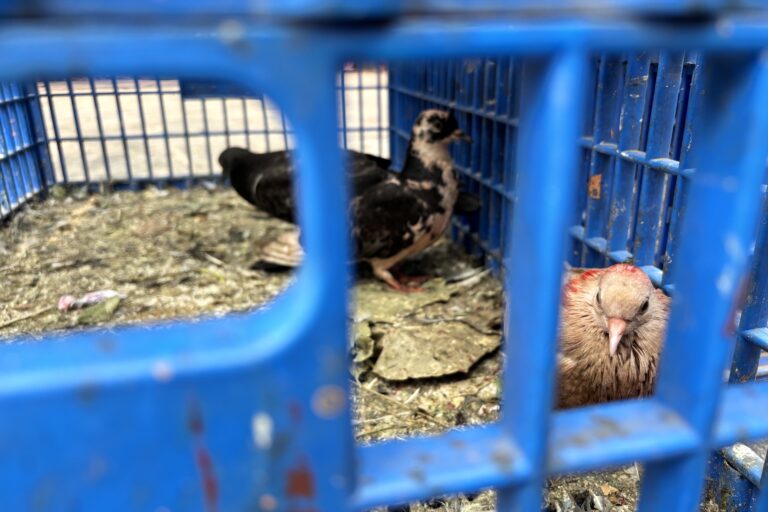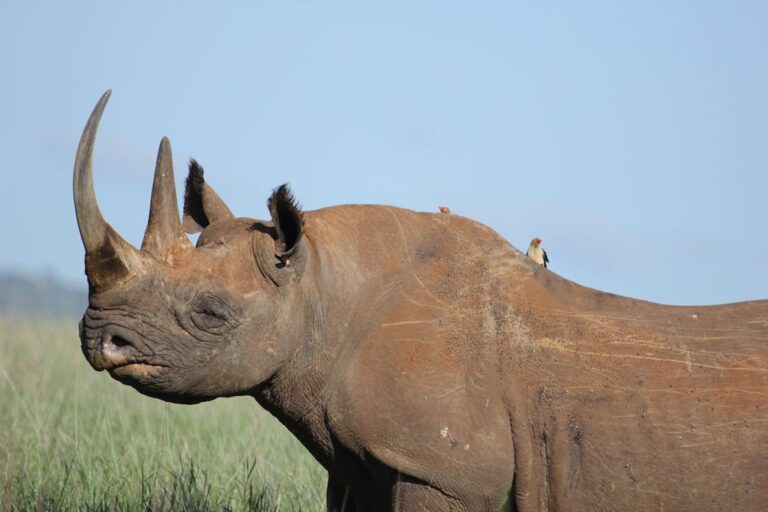Northern spotted owl numbers have continued to decline in North America’s Pacific Northwest, partly due to competition from barred owls considered invasive in the region. The spotted owl has been protected under the U.S. Endangered Species Act (ESA) since 1990.
To help the northern spotted owl (Strix occidentalis caurina) recover, some conservationists advocate for culling barred owls (S. varia). Others argue culling is too expensive and ineffective. A new study set out to estimate the relative cost of a targeted barred owl removal program and assess whether it could meaningfully support the northern spotted owl’s recovery.
Northern spotted owls are native to the old-growth forests of the Pacific Northwest. Logging and competition from barred owls have contributed to their threatened listing under the ESA. The American Bird Conservancy estimates there are just 15,000 northern spotted owls left in the region. The medium-sized birds tend to mate for life, though they don’t necessarily breed every year.
Barred owls are native to the eastern U.S. but changes in land use and the climate have created the right conditions for them to move westward into northern spotted owl habitats. Barred owls are larger and more territorial than spotted owls. They raise 2-3 chicks each year and have quickly outcompeted the native owls.
In 2023, the U.S. Fish and Wildlife Service introduced a barred owl management strategy that aimed to kill some 450,000 barred owls in spotted owl habitat. The plan was met with pushback from a coalition of animal welfare groups that said, “We cannot victimize animals for adapting to human perturbations of the environment.” Meanwhile, 19 Congress members wrote a letter to the Interior Department secretary saying the plan would be “impractical and grossly expensive” at roughly $3,000 per owl removed.
Still, with funding support from the government, researchers trained people to locate and shoot barred owls across five study areas in California. A sixth area served as a control where no culling took place.
Some 3,373 barred owls were removed and “functionally eliminated” from most of the spotted owl habitat in the state. Where barred owls were removed, “spotted owl occurrence and reproduction stabilized,” the study notes. Conversely, the control area where barred owls weren’t culled spotted owl population and reproduction rates fell.
The study didn’t detail the cost to remove the birds but did note that an average of 4.5 people were employed annually and “removals were increasingly efficient as scale increased.”
Tierra Curry, a senior scientist and endangered species coordinator with the Center for Biological Diversity, who wasn’t involved with the study, said lethal removal of nuisance species “is wrenching, but extinction is even worse.”
“The study shows that this heartbreaking killing will buy spotted owls the time they need for the habitat that humans have wrecked to be restored,” Curry told Mongabay by email.
Banner image: A spotted owl perched in a tree, by BLM Oregon and Washington via Wikimedia Commons (CC BY 2.0).














